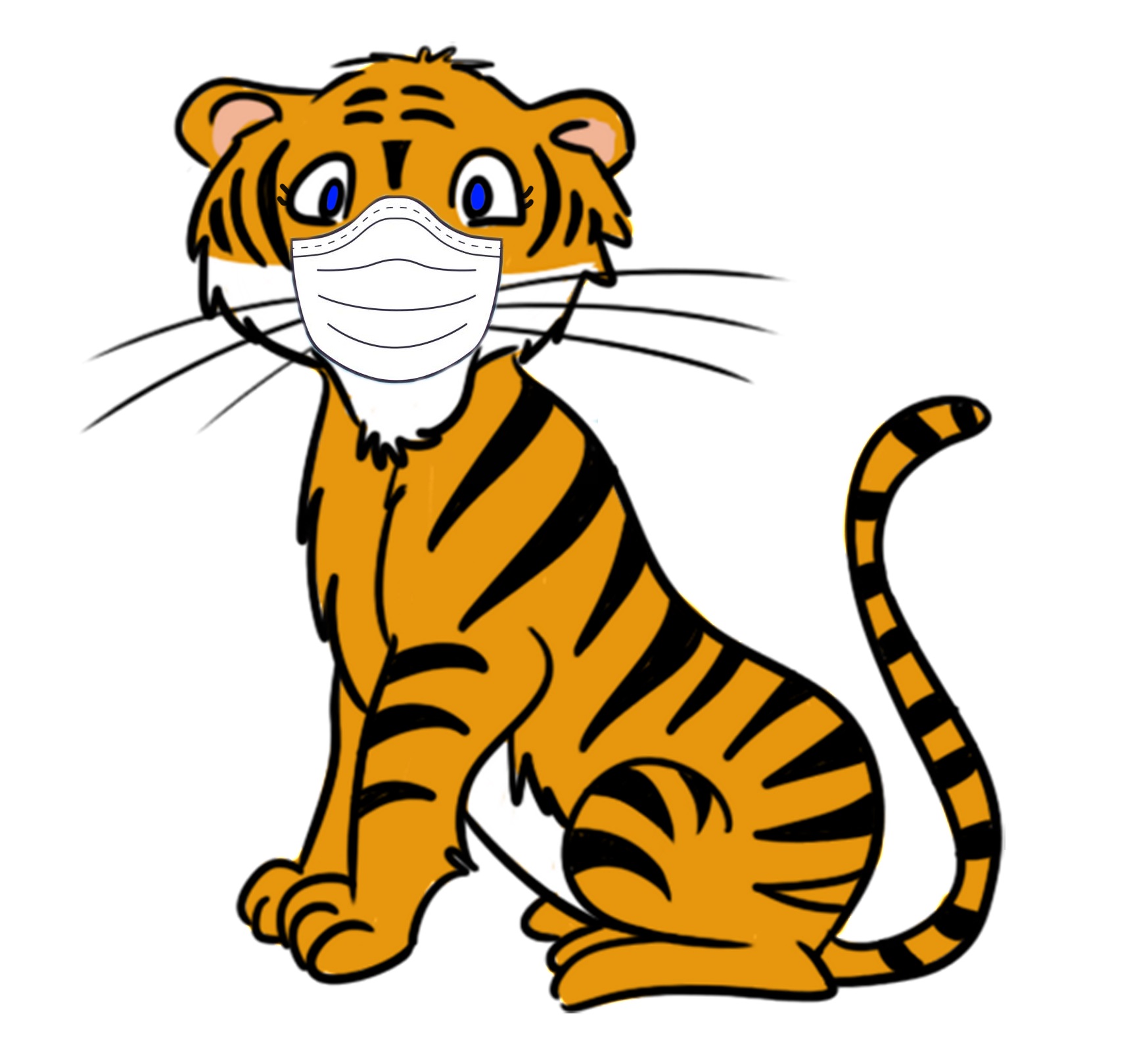
Tiger testing positive dissipates myth that animals cannot catch the virus
By Morgan Hannah, Life & Style Editor
If you find yourself with a fever, dry cough, and a sore throat, you may not have enough of a case to get tested for the coronavirus. The reason? There’s a lack of test swabs available. Unless you’ve been in direct contact with someone who recently travelled or has already tested positive, you likely won’t meet the criteria for being tested yourself.
According to Global News, provinces such as Ontario, Alberta, and BC have limited who can get tested for the virus due to a shortage of available swabs and the chemicals from labs required to complete the tests. It’s well-known that the United States—the epicenter of the coronavirus pandemic at the moment—is also limited on the number of available tests. Yet, an unlikely candidate was tested for the virus.
Nadia the tiger lives in the Bronx Zoo with her sister Azul. The two tigers developed a persistent dry cough near the end of March, soon after taking little interest in their meals. In total, seven of the Bronx Zoo’s big cats seemed to be exhibiting symptoms of illness—two Amur tigers and three African lions also. The worried zookeepers decided to take action.
“Nadia was not coming around and was getting a little worse, so we anesthetized her in order to treat her,” Bronx Zoo Veterinarian Paul Calle said. “We did x-rays and ultrasounds. We did blood work. We ran lots of tests, panels for normal domestic cat infectious diseases.” With nothing unusual coming up, the team of zookeepers acted on a hunch—a lot of people living in the Bronx Zoo area had been hit hard with the virus… was it possible that the animals in the zoo had been hit too?
There were no known previous cases of animals in the United States catching COVID-19, so it seemed dubious. Nadia was tested nonetheless and was made famous as the first animal in North America to have been both tested and coming up positive. The headlines of a tiger being tested when so many people cannot be tested caused some agitation—why was a test used on an animal if there’s a clear lag in tests available for people?
The veterinarians involved in Nadia’s case were quick to illuminate that the tests used on the animals in the Bronx Zoo were specifically designed for animals. “We used a similar molecular test as the human test,” said Leyi Wang, the veterinary virologist in charge of creating the test used on Nadia. Wang also stated it was against policy to use these animal tests on humans, though in theory, they could work similarly.
Testing animals that show symptoms of the virus is vital in figuring out the science behind human-to-animal transmission of the coronavirus. Such studies can illuminate how frequent transmission is and what role animals can play in spreading the virus. Officials say that there is no reason to panic about human-to-animal transmission, and instead the public should use Nadia’s irregular case of contraction as an important reminder to heed caution and implement the same protective measures around our pets as we would each other.
